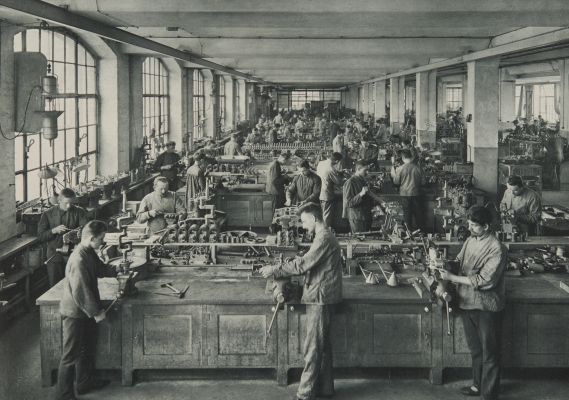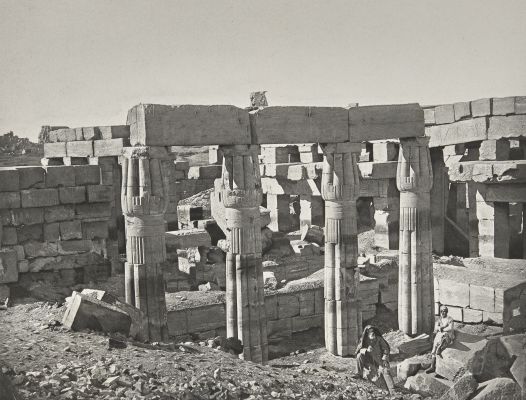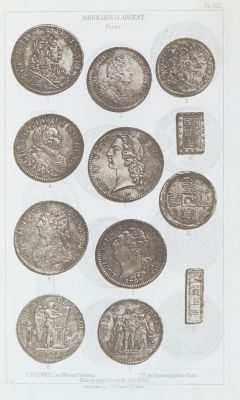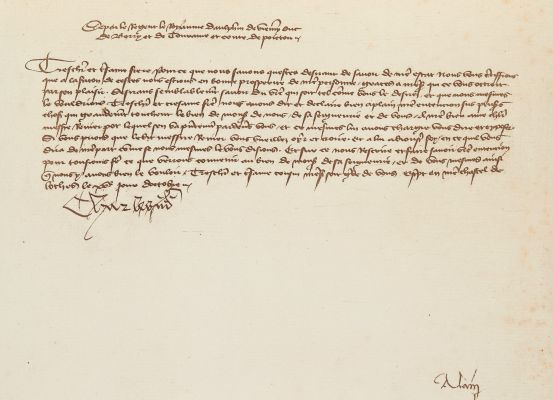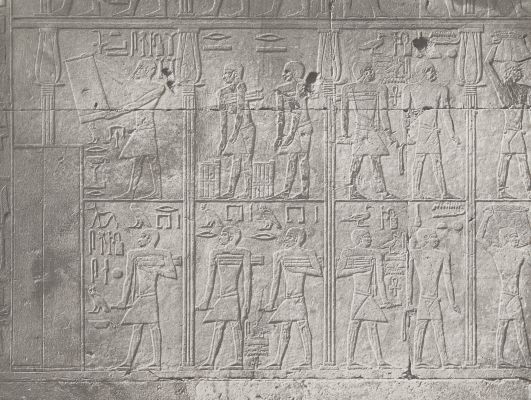
Title
UntitledArtist
UnknownDate
n.d.Process
Nature Print (direct)Image Size
28 x 22.2 cm
While not a photomechanical process per se, nature printing holds significance in the history of reproducing photographs in ink. The technique of taking impressions from natural surfaces dates back to at least the 16th century. By inking and pressing specimens between parchment, it provided a quick and accurate method for documenting plants, capturing the intricate details of the original plant matter.
By the mid-19th century, technicians at the Austrian Royal and Imperial Court Printing Office developed the first method for mechanically reproducing nature prints. This involved creating intaglio plates from the impressions of botanical specimens. Despite the process’s complexity and apparent limitations, Alois Auer, the director of the printing office, asserted that this new method was more significant than photography.
While nature prints were typically used to share detailed information about plant species, this undated ‘direct nature’ print appears to be intended for its aesthetic composition rather than its ability to convey specific information.
References
https://www.youtube.com/watch?v=_H0wP1v1TmY

